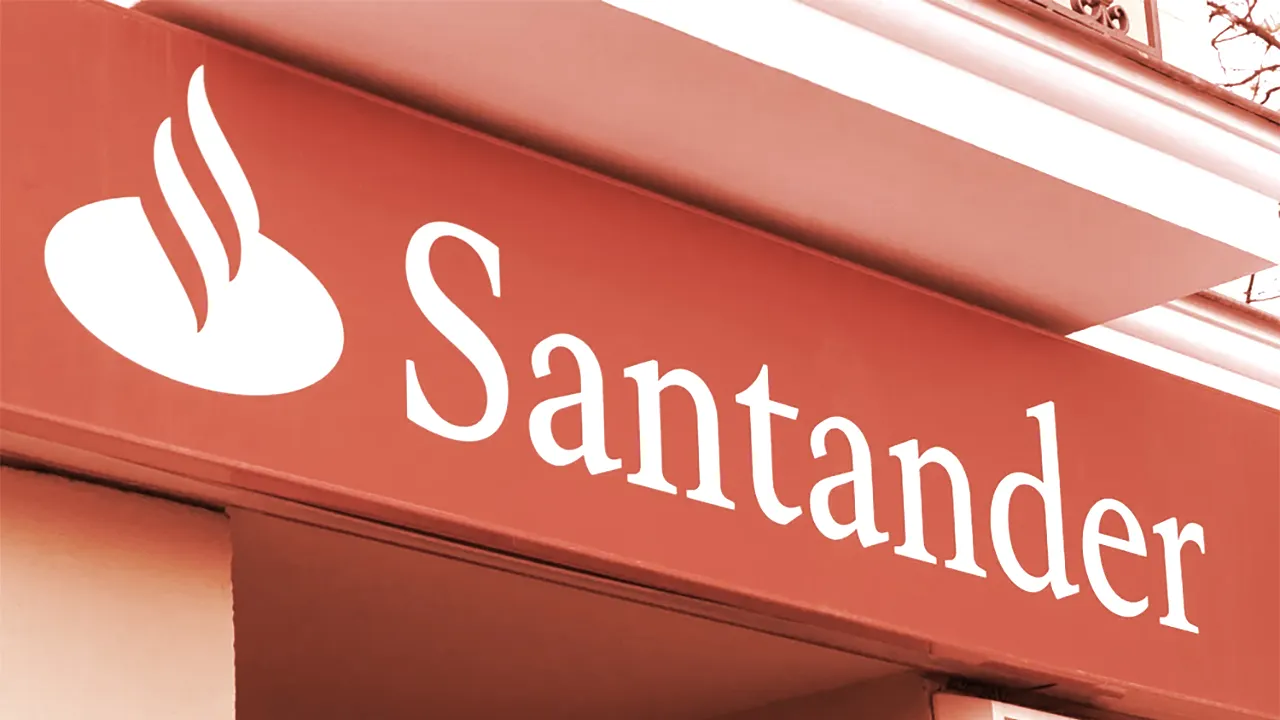Banco Santander S.A., the Brazilian subsidiary of the Spanish Santander Group, is reportedly eyeing the launch of crypto trading for its clients, per local media publication Folha de S. Paulo.
Speaking to journalists on Thursday, Santander Brazil CEO Mario Leão reportedly said that the bank hopes to share more information on the matter in the next few months, possibly during the publication of its next quarterly results.
"We recognize that it is a market that is here to stay, and it is not necessarily a reaction to competitors positioning themselves; it is simply a vision that our client has demand for this type of asset, so we have to find the most correct and most educational way to do it," said Leão.
According to the report, Santander’s Brazilian subsidiary is also mulling the use of blockchain technology to tokenize traditional market assets, such as debt securities issued by companies, with the goal of making these assets accessible to a wider audience.
The announcement follows a similar move from Brazil’s largest bank, Nubank, which began offering Bitcoin and Ethereum trading to users in May. Earlier this week, Nubank said that in just two months it has acquired 1 million users on its crypto trading platform.
In a sign to demonstrate its belief in the cryptocurrency, Nubank is also allocating about 1% of the cash on its balance sheet to Bitcoin.
Another major financial player in Brazil, banking giant Itaú, announced the launch of its own asset tokenization platform, Itaú Digital Assets, on July 14, added the report.
Santander’s blockchain inroads
For Santander, this is not the first foray into the world of cryptocurrencies and blockchain technology.
The bank rolled out One Pay FX, a digital banking app powered by Ripple for cross-border payments, in 2018, making it available to retail customers in the UK, Spain, Poland, and Brazil, with more important updates added the following year.
In 2019, Santander announced the launch of a $20 million blockchain bond running on the public Ethereum blockchain, successfully concluding the work that began at the bank’s own blockchain lab back in 2016.

